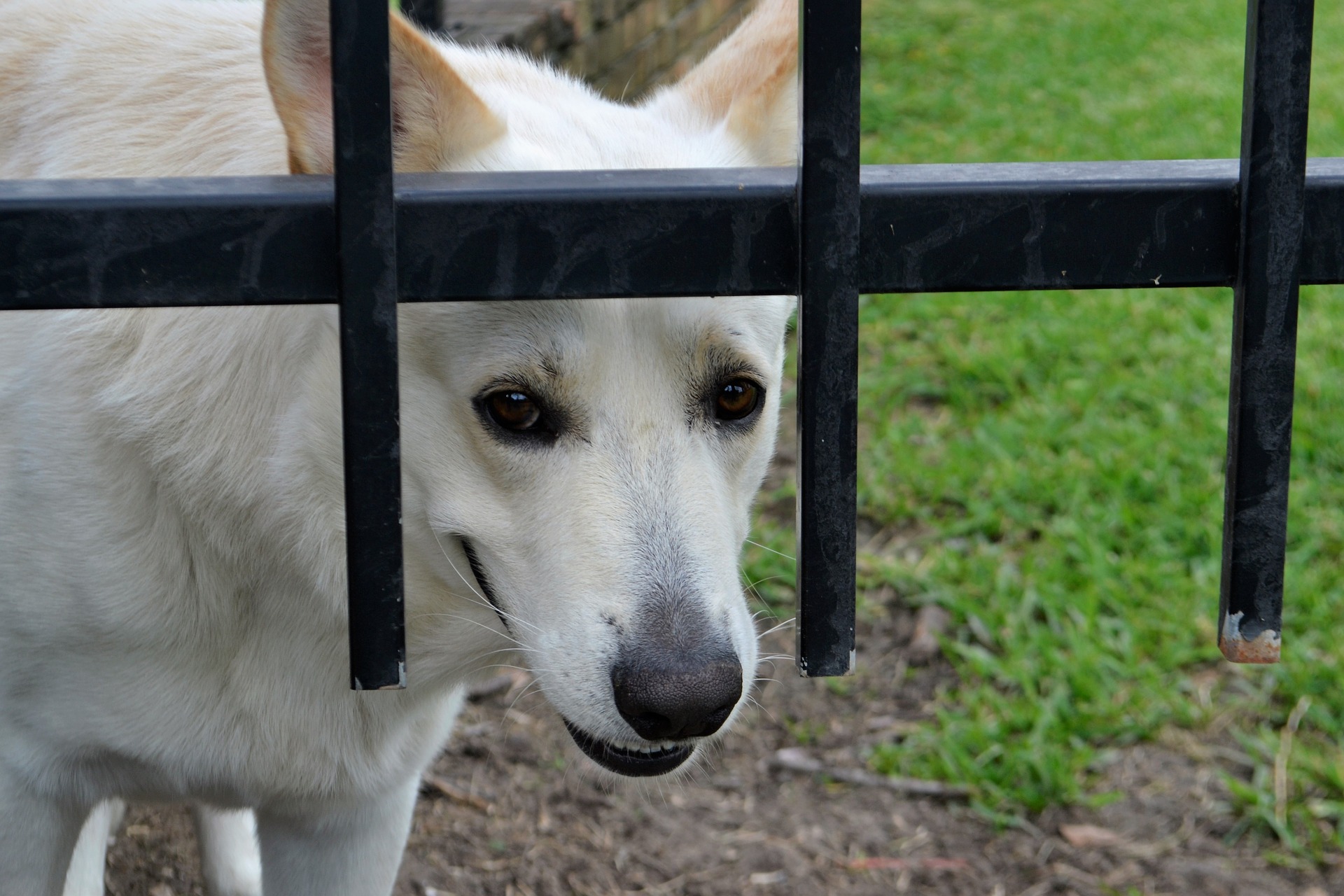Hurricane season is here, and we should all be prepared to the best of our ability. Although it is never fun to have to imagine worst-case scenarios, you should be prepared on all fronts when it comes to natural disasters and emergencies. Your pets need an emergency plan just like your family does – after all, your dogs are family and should never be left behind when disaster strikes. With the appropriate amount of preparation, you can rest easy knowing that you are capable of keeping your family together and safe in an emergency.

- Identification is key in any emergency situation. Have your pet’s collar on at all times with your cell phone (not a landline) listed on the tags. This ensures that no matter where you are, if you and your pet are separated you can be contacted. A landline number can be a good backup, but should not be the primary contact number. Updating your pet’s microchip with your current contact information helps guarantee that even if they lose their collar, your pet can be identified and returned to you.
- Be prepared for a quick escape. Store leashes, pet carriers (with your contact info written on them), and travel equipment such as car harnesses and collapsible water bowls near your front door if possible. If you cannot keep them there, at least store them in a singular location so that you do not have to rush around the house gathering everything when a quick escape is necessary.
- Have a go-bag packed and ready. This pack should ideally contain everything needed for your pets to survive for about 2 weeks. Contents should include: two weeks’ worth of food and bottled water; any medications your pet requires; a small litter box and some litter if you have cats; a few rolls of poop bags for dogs; copies of each of your pets’ medical records, up-to-date shot information, microchip numbers, and any other important documents; care instructions for your pets in case you have to leave them with a boarding facility, veterinary clinic, or animal shelter (most emergency shelters do not allow animals); spare leashes and harnesses; and your personal contact information.
- Know your plan inside and out. Determine where you and your pets will go in an emergency–you may have to bring your pets to temporary animal shelters or kennels, or go stay with a friend or family member in a safe area. Research pet-friendly hotels along your route in case you need to stop, and have contact information for a veterinarian in the area where you plan to shelter. It is also important to plan for if you are not home when an emergency strikes. Provide a trusted neighbor with a spare key so that they can check on your pets and know how to care for them if you are not home.
- Don’t wait. Practice your evacuation routinely as you would a fire drill. This will give you confidence that you can carry out the emergency plan during a real disaster. In the case of a true evacuation, leave as early as you can so that you have time to gather your pets and any go-bags or equipment.
Your dog will be much better able to cope with an emergency if he is properly trained, socialized and has had his fears and anxieties addressed. Make dog training a part of your overall emergency plan – call Gulf Coast K9 Dog Training today for more info.




